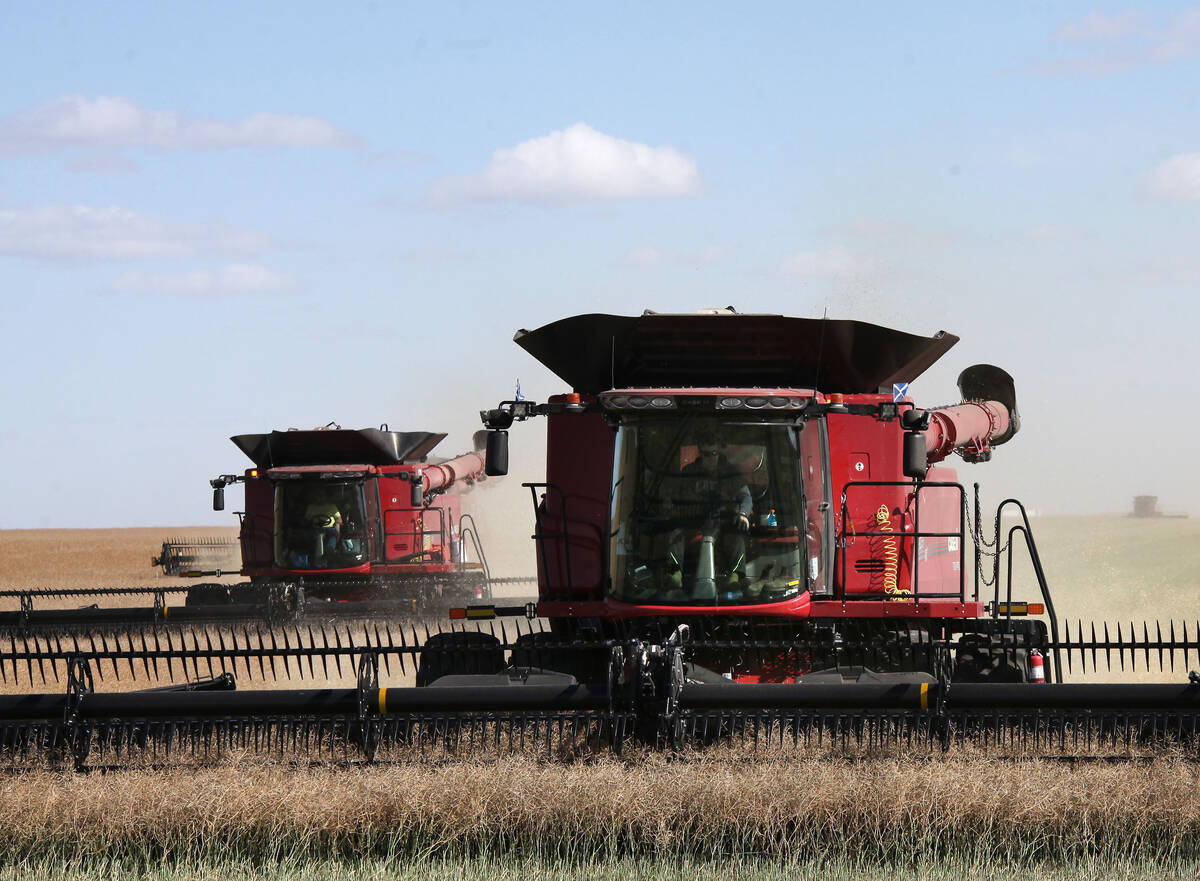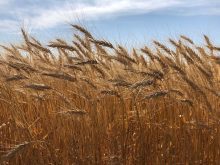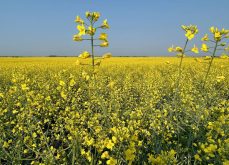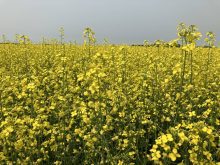MarketsFarm — The highs may be in for old-crop canola contracts on the ICE Futures platform, with attention in the market turning to the new crop.
“I think the market has probably defined the upside potential and the acute demand rationing that needed to occur is done,” said Jerry Klassen, an independent commodity trader and analyst in Winnipeg.
Domestic crushers typically reduce their demand over the summer months as they put some attention to maintenance and upgrades, he said. Meanwhile, the old-crop export business has already been shut off for some time.
Read Also

Calling for bigger crops ahead of StatCan report
Statistics Canada will release its first survey-based production estimates for the 2025/26 crop year on Dec. 4, with general expectations for upward revisions to most major crops from the model-based estimates in September. However, as StatCan has shown a tendency to underestimate production in its December reports, many analysts expect actual production may be revised upward in subsequent reports.
Nearby July futures climbed to a contract high of $1,219 per tonne on Tuesday before profit-taking came forward and was nearly $70 off that level by the following day, closing at $1,152.10 per tonne on Wednesday.
For the new crop, “we’re in a very uncertain stage,” according to Klassen. Canola seeding has yet to get underway in Manitoba and eastern Saskatchewan due to persistent rains. Planting is moving forward to the west, but fields there are dry.
Klassen said there was still plenty of demand to come forward for new-crop canola, but added that buyers were waiting until the crop was seeded before making any major commitments.
While seeding has been delayed in the eastern Prairies, there is still plenty of time to get the crop in the ground, said Klassen, noting “if it was June 15, it would be a different story.”
The moisture will also be beneficial for crops in the region overall.
“Once we do start seeding in eastern Saskatchewan and Manitoba, we’ll have greenhouse conditions,” Klassen said.
Cooler temperatures, as have been seen so far this spring, also generally correlate with above average canola yields.
— Phil Franz-Warkentin reports for MarketsFarm from Winnipeg.
















